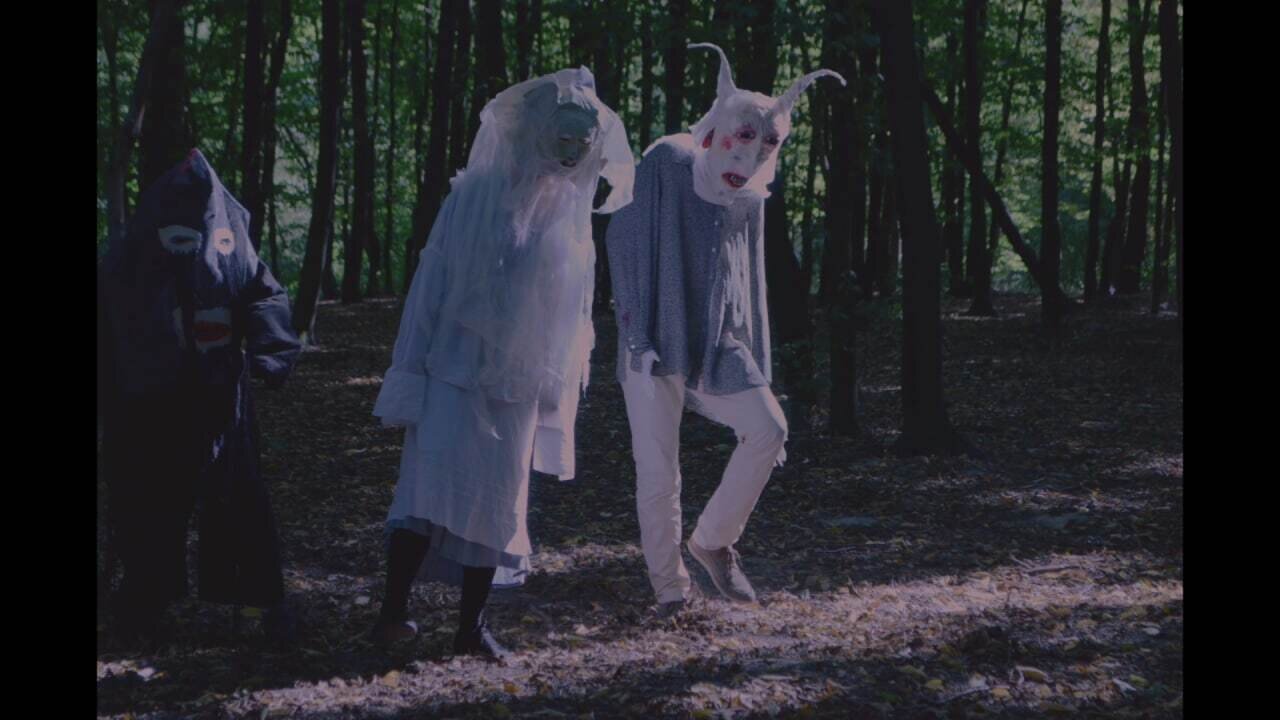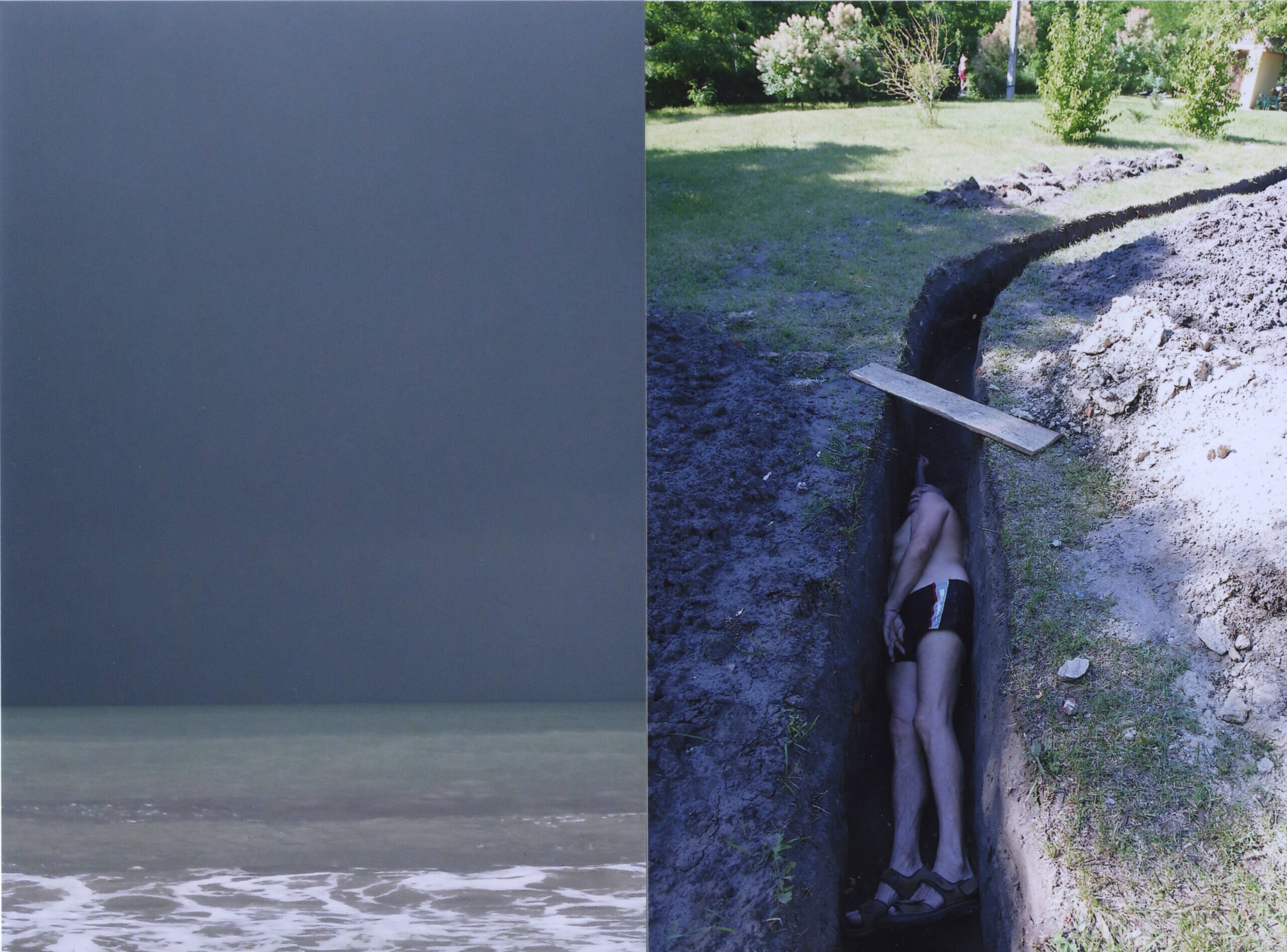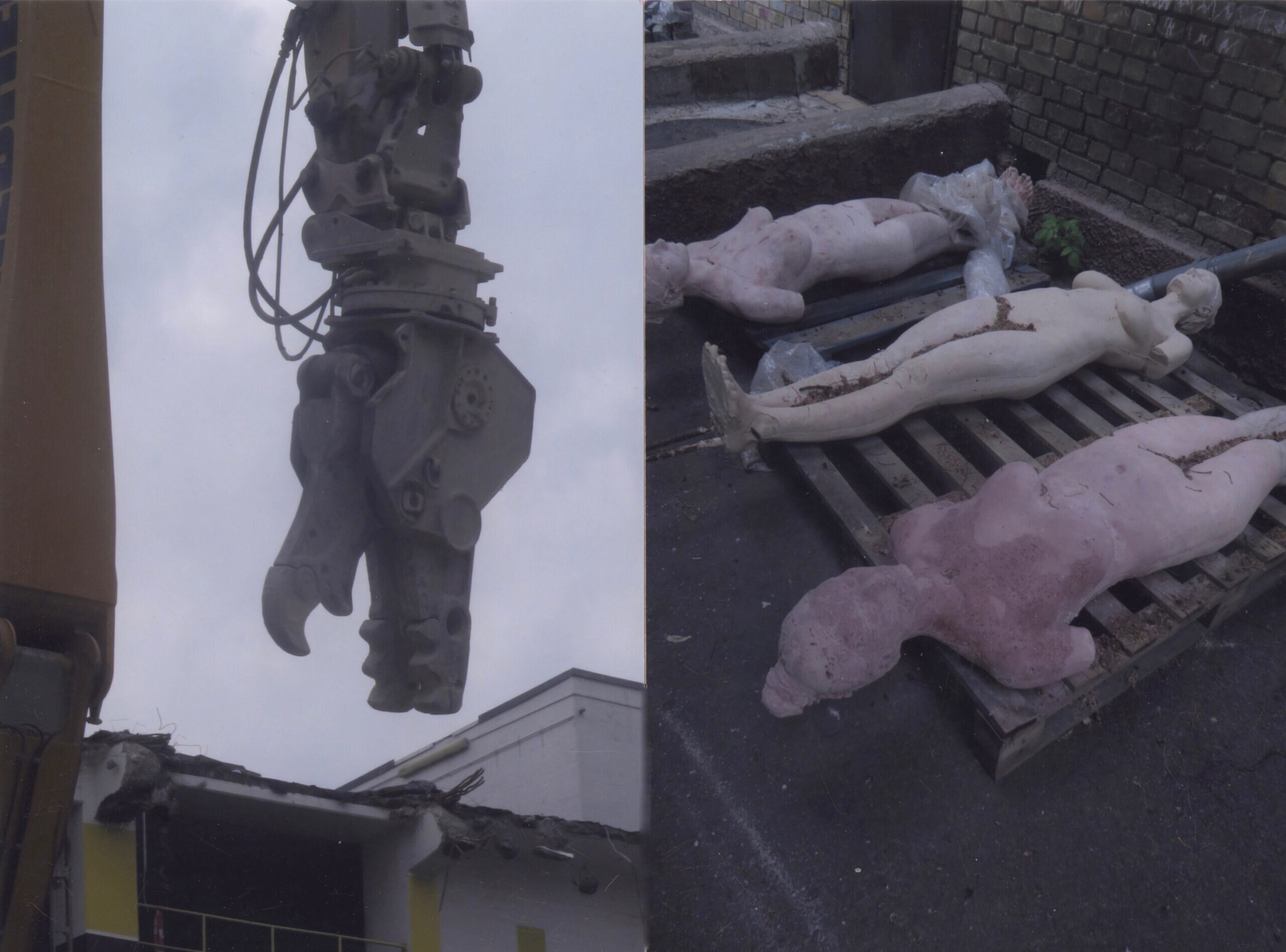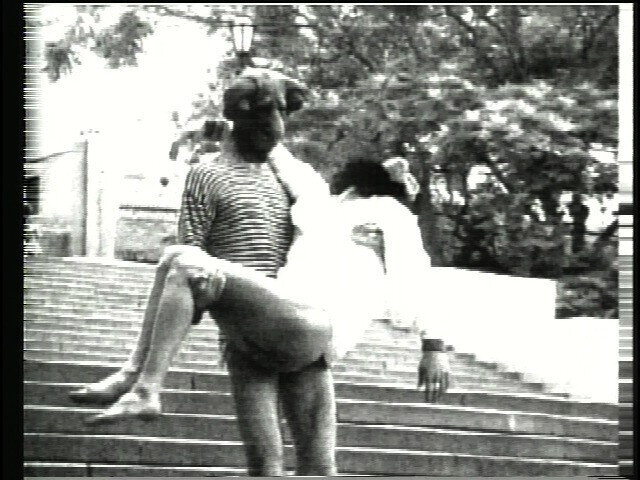The Ukrainian platform at Art Basel has mastered the public space.
Here, contemporary art does not exist in isolation from reality. It encourages those immersed in its works to think critically about the world as we see it.
Art Basel – an international non-profit art fair – takes place annually in Basel, Switzerland (where it first started in 1970) and has extended to Miami Beach; Hong Kong and – from 2022 – Paris. With a large international spectator audience, it provides a platform for galleries to show and sell their work to buyers.
The year 2022 has already become synonymous with Russia’s war waged against Ukraine – a war which has global resonance and illuminates a clash of values: an outdated world of violence, dictatorship, xenophobia and rusty superhuman ideas has suddenly attacked the modern world of democracy, transparency, respect for human individuality and human rights.
Ukraine has found itself at the forefront of the struggle for the right to advance and develop and, at the same time, risks being annihilated by the invasion of anti-modern neo-Soviet militarism.
The endurance and courage demonstrated by Ukrainian society in the unequal struggle against the aggressor has surprised the world. Existing in the shadow of Moscow for centuries, Ukraine has shown the world its spirit and commitment to freedom. And it is this spirit which lends itself so well to being captured in art form.
At the Swiss art forum, the PinchukArtCentre presented Ukrainian art to encourage dialogue, taking it from the gallery space to the public domain. Beat Jans, President of the Government of the Canton of Basel-Stadt, fully supports the initiative:
“The Government of the Canton of Basel-Stadt welcomes the initiative of giving Ukrainian artists a very visible platform at Art Basel. This sends an important signal that we should not forget that there is a war going on and Ukrainian society continues to suffer because of it.”
Trial by Death
Basel Town Hall, as well as billboards, building facades and entrances to cultural institutions in the city, feature Borys Mykhaylov’s series of photographs, “Trial by Death.”
The 83-year-old author is one of Ukraine’s most recognized artists around the world. A recipient of the Hasselblad Foundation International Award in Photography, he won one of his first awards – the Coutts Contemporary Art Foundation Award – in Zurich, Switzerland in 1996.
“Trial by Death” earned Mykhaylov Ukraine’s Shevchenko National Prize in 2021. The main art award of the Ukrainian state was established in Stalin’s times and has remained conservative for decades since the collapse of the Soviet Union. The fact that it was awarded to Mykhaylov was a sign of a major change in the understanding of art in the country on an official level.
Since the 1960s, Mykhaylov has been working in Kharkiv, taking photographs that are sternly at odds with official Soviet aesthetics and ideology. He chronicled the absurdity, impoverishment and hypocrisy of the Soviet world in its last decades, acting as a clinician in the experiment on the creation and degeneration of the pseudo-nation of the “Soviet person”.
Russia’s attack on Ukraine is in fact another Soviet war. Under the slogans about the greatness of former Soviet victories and achievements that cost millions of human lives, the cadaver of the empire is bombing Ukraine with Soviet weapons, crushing it with Khrushchev-era tanks, and raping and torturing civilians in ways akin to Red Terror scenarios.
“Trial by Death” is a project Mykhaylov conceived after visiting Kyiv’s crematorium – a masterpiece of brutalist architecture at the Baykove cemetery – and talking to one of its creators, Volodymyr Melnychenko. The latter, together with his wife Ada Rybachuk, worked for years on the reliefs of the Wall of Memory next to the crematorium, which were brutally cemented over by the communist authorities in 1982.
Mykhaylov’s series consists of diptychs that combine photographs of the crematorium with those he made in various years of his artistic practice. The viewer is introduced to images and reflections on the fragility of human life in the waves of historical and civilizational change, the burden and finitude of ideologies, expectations, fears and hopes, movement, petrification and destruction. Diptych as a form creates a space for the viewer to contribute to creative work, stirring individual associative imagination.
Other works
As part of the Ukrainian program, Theater Basil featured the film program “The Battleship and the Catamaran,” screening video works daily by Ukrainian artists from different generations.
The video “Psychedelic Invasion of the Battleship Potyomkin into Sergey Eisenstein’s Tautological Hallucinations” by Alexander Roitburd is a surrealistic mix of sadistic shots from an early Soviet film about the 1905 revolution in Russia and footage filmed by the artist’s team on the same Potyomkin’s stairs in Odesa in the late 1990s.
The video is a postmodern reaction to an impression of total global deconstruction: the Yugoslav wars have brought genocidal practices back to Europe; Ukraine, having only just recovered from the crisis caused by the collapse of the Soviet Union, is sliding into another recession due to the default announced by the Russian government of Sergey Kiriyenko. Interestingly, the same Kiriyenko now heads the Russian occupying regime in the Ukrainian territories.
Other participants in the program are young artists whose video works reflect on the present-day agenda. “Exclusively for Internal Use” by Open Group demonstrates the interaction among people forced to share spaces together as they travel – a condition experienced by millions of Ukrainian citizens forced to flee their homes because of the Russian war.
“Rattling, Banging, Arguing and Gurgling” by Andriy Rachinsky and Daniil Revkovsky is a pessimistic futuristic prediction of the impact of dying 20th century industrial giants on the environment, and with it the threats of ecological and anthropological degradation.
“We Fought for Six Years, Then Got Snowed In, and in the Spring We Put Up a Monument to a Hero” – a gentle and clumsy sketch using the aesthetics of folk masquerades – redefines the traditional cultural demand for heroisation that needs sacrifice.
Yarema Malashchuk and Roman Himey’s “Traveller” reconstructs the situation with Russian occupiers killed in Ukraine. The country that sent them to a foreign land is in no hurry to reclaim their bodies. The images of slain Russian soldiers in Ukrainian landscapes hark back to the works of war artist Vasily Vereshchagin, who conveyed the horror and senselessness of war in his paintings of Russian imperialist campaigns in the 19th century.
The Mykolayiv Regional Art Museum bears Vereshchagin’s name and stores his works and personal belongings. Now it is under threat from Russian missiles which have destroyed many cultural monuments in Ukraine.
The parallel program at the Basel fair, Liste Art Fair Basel, also features works about Ukraine.
The PinchukArtCentre’s junior curators, Oleksandra Pogrebnyak and Daria Shevtsova, presented “The Sky is Getting Closer” video program. Films, music videos and a fashion show highlight Ukrainians’ resilience and courage, touching on political and social issues against the backdrop of the brutality of Russian aggression.
Some of the videos are reflections on people’s communities, lost homes and the changing historical landscape. A number of works highlight the vitality of traditional culture alongside modern technological change.
“Global challenges such as war, displacement and climate change become an opportunity for artists to reflect on the future and the possibility of coexistence in a shared environment,” say the curators.
Every Ukrainian is undergoing trial by death today. Tatiana Retivov, an American poet and publisher who has lived in Kyiv since the 1990s, says: “Since Feb. 24, we have all felt half-dead, having realized the possibility of our lives ending instantly, regardless of whether you are a military person or a civilian. Art in this situation gives you strength to break through to life.”
Ukrainian contemporary culture shares this experience with Europeans in the hope that joint efforts to repel Russian aggression will keep them safe from enduring it first-hand.
Kostіantyn Doroshenko is a Ukrainian art critic, publicist, contemporary art curator, media manager and radio host.






